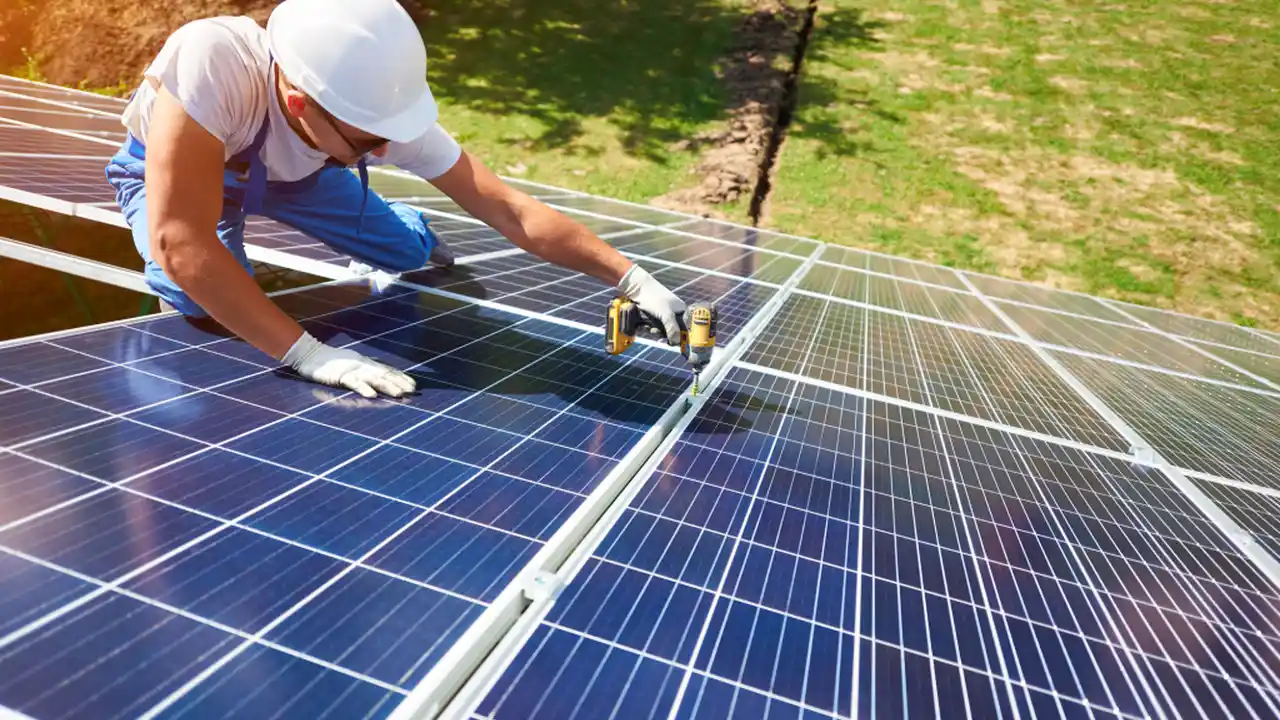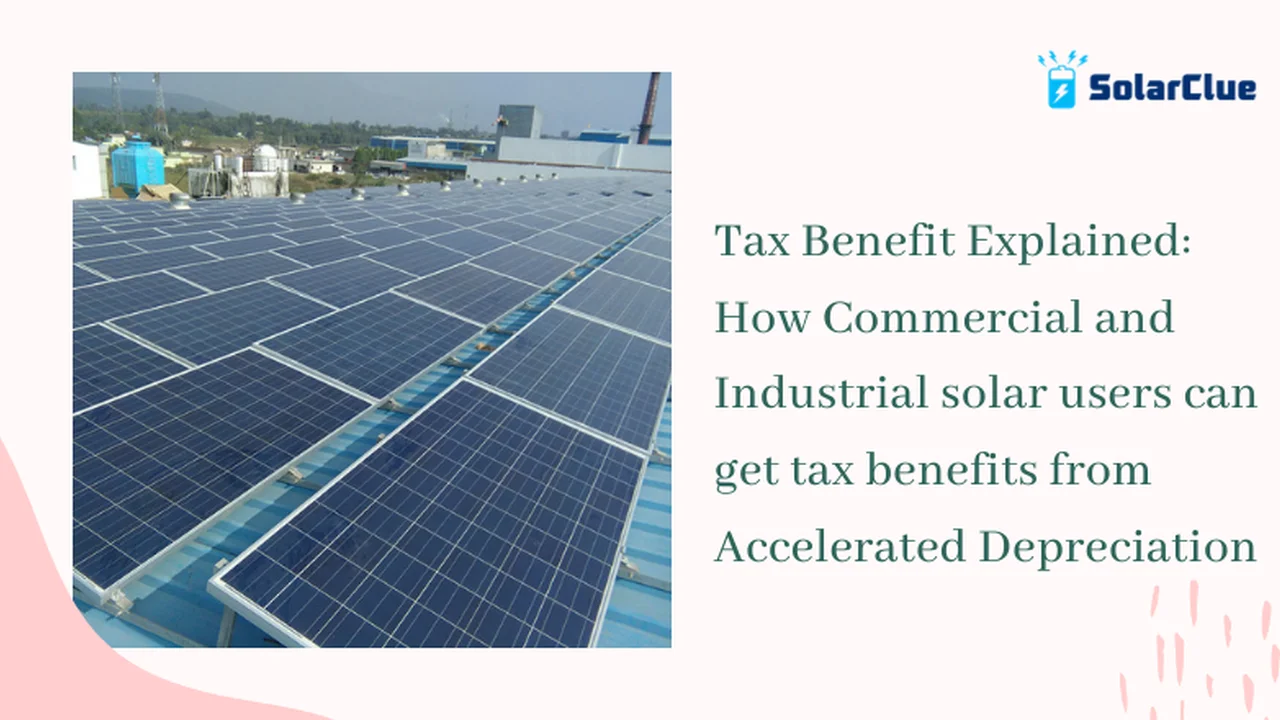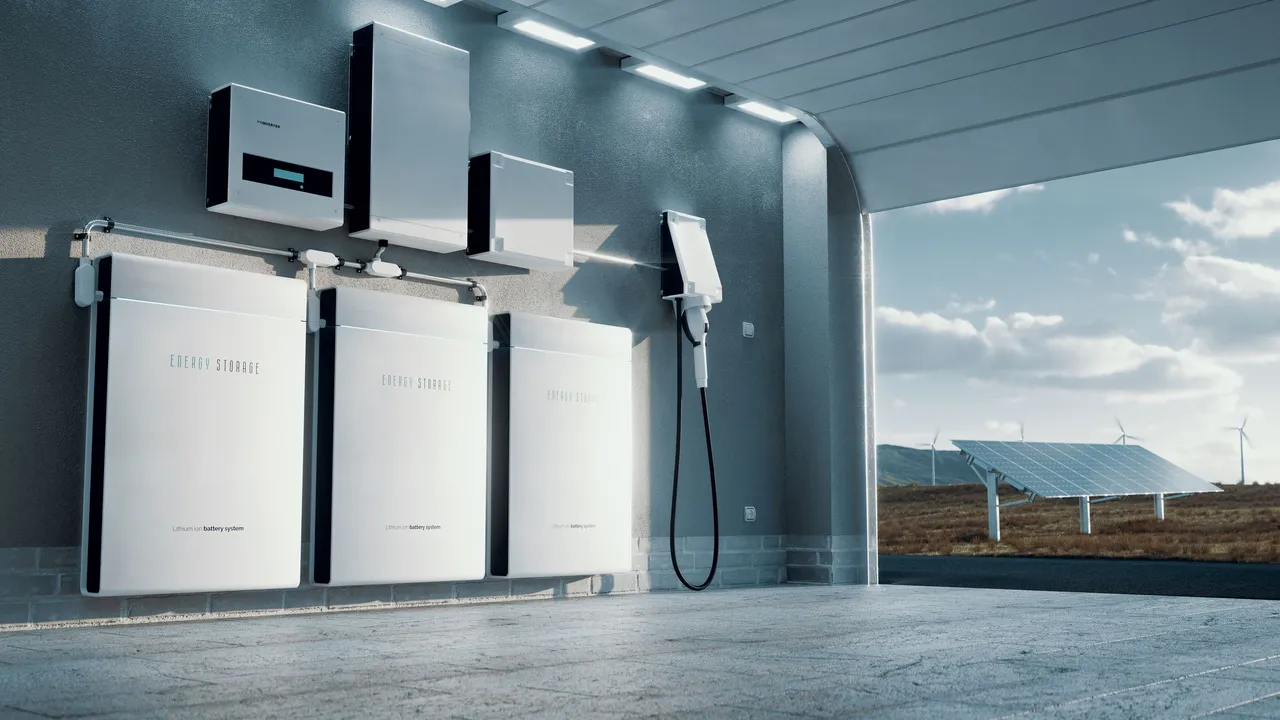Solar Panel Costs: Understanding the Investment

Understanding Initial Solar Panel Costs and Long-Term Savings
So, you're thinking about going solar? Awesome! One of the first things everyone wants to know is: "How much is this gonna cost me?" It's a valid question. Solar panels are an investment, and like any investment, you want to understand the upfront costs and the potential return. Let's break it down.
The initial cost of a solar panel system can seem daunting. You're not just buying the panels themselves; you're also paying for inverters, racking, wiring, permits, and installation. The total cost can range anywhere from $10,000 to $30,000 or even more, depending on the size of your system, the type of panels you choose, and your location.
But don't let that number scare you away! Think of it like buying a car. The initial price tag is significant, but you also factor in the long-term costs like gas, maintenance, and insurance. With solar panels, you're essentially pre-paying for your electricity for the next 25-30 years. And that's where the real savings come in.
Breaking Down the Components of Solar Panel System Costs
Let's dive deeper into what makes up the overall cost of a solar panel system. Knowing these components will help you understand your quotes and make informed decisions.
- Solar Panels: This is the biggest chunk of the cost. Different types of panels (monocrystalline, polycrystalline, thin-film) have different efficiencies and price points. Monocrystalline panels are generally more efficient and expensive, while polycrystalline panels are a more budget-friendly option. Thin-film panels are less common for residential use due to their lower efficiency.
- Inverters: Inverters convert the DC electricity generated by your solar panels into AC electricity that your home can use. There are two main types: string inverters and microinverters. String inverters are typically less expensive but can be less efficient if some of your panels are shaded. Microinverters are installed on each individual panel, optimizing performance and allowing for panel-level monitoring.
- Racking and Mounting: This is the hardware that secures your solar panels to your roof. The cost will depend on the type of roof you have (asphalt shingles, tile, metal) and the complexity of the installation.
- Wiring and Electrical Components: This includes all the wires, conduits, and other electrical components needed to connect your solar panels to your electrical system.
- Permits and Inspections: You'll need to obtain permits from your local government before installing solar panels. You'll also need to have the system inspected after installation to ensure it meets safety codes.
- Installation Labor: This is the cost of hiring a professional solar installer to install your system. Labor costs can vary depending on your location and the complexity of the installation.
Factors Affecting Solar Panel Installation Costs and Overall Investment
Several factors can influence the total cost of your solar panel system. Here are some key things to consider:
- System Size: The larger the system, the more panels you'll need, and the higher the cost. Your system size will depend on your energy consumption and the amount of sunlight your roof receives.
- Panel Type: As mentioned earlier, different types of panels have different price points. Choose the type of panel that best meets your needs and budget.
- Inverter Type: String inverters are generally less expensive than microinverters, but microinverters can offer better performance in shaded conditions.
- Roof Type: Some roof types are more difficult to install solar panels on than others, which can increase labor costs.
- Location: Solar panel installation costs can vary depending on your location. Some areas have higher labor costs or permit fees.
- Incentives and Rebates: Government incentives and rebates can significantly reduce the cost of your solar panel system. Be sure to research what incentives are available in your area. The federal solar tax credit, also known as the Investment Tax Credit (ITC), allows you to deduct 30% of the cost of installing a solar energy system from your federal taxes. Many states and local governments also offer incentives, such as tax credits, rebates, and grants.
Comparing Solar Panel Products Brands and Costs for Optimal Performance
Choosing the right solar panels can be overwhelming. Here are a few popular brands and their typical price ranges (prices are approximate and can vary):
- SunPower: Known for their high efficiency and durability. Expect to pay a premium. Panels can range from $3.00 to $4.00 per watt.
- LG: Another high-quality brand with good efficiency and reliability. Panels typically cost between $2.80 and $3.50 per watt.
- Panasonic: Renowned for their excellent warranty and performance. Panels usually cost between $2.70 and $3.40 per watt.
- REC Group: A popular choice for their balance of performance and price. Panels typically cost between $2.50 and $3.20 per watt.
- Q CELLS: A more budget-friendly option with decent performance. Panels usually cost between $2.30 and $3.00 per watt.
Product Recommendations and Use Cases:
- For Maximum Efficiency (Limited Roof Space): SunPower Maxeon panels are a great choice if you need to maximize energy production in a small space. They are often used in urban areas with limited roof space.
- For Shaded Areas: Enphase microinverters paired with any quality panel (like REC or Panasonic) are ideal for homes with trees or other obstructions that cause shading. The microinverters optimize each panel's performance individually.
- For Budget-Conscious Homeowners: Q CELLS panels offer a good balance of performance and price, making them a suitable option for homeowners looking to save money without sacrificing too much efficiency.
- For Extreme Weather Conditions: Certain panels, like those from LG and Panasonic, are designed to withstand harsh weather conditions, such as high winds and heavy snow. These are a good choice for homes in areas with extreme weather.
Understanding Solar Panel System Payback Period and Return on Investment
The payback period is the amount of time it takes for your solar panel system to pay for itself through energy savings. This can vary depending on several factors, including the cost of your system, your energy consumption, the amount of sunlight your roof receives, and the cost of electricity in your area.
The return on investment (ROI) is the percentage of profit you'll earn on your solar panel system over its lifetime. A well-designed and installed solar panel system can provide a significant ROI, especially in areas with high electricity rates.
To calculate your payback period and ROI, you'll need to consider the following:
- System Cost: The total cost of your solar panel system, including installation.
- Energy Production: The amount of electricity your system will generate each year.
- Electricity Rates: The cost of electricity in your area.
- Incentives and Rebates: Any government incentives or rebates you receive.
- Maintenance Costs: The cost of maintaining your system over its lifetime (typically minimal).
Most solar panel systems have a payback period of 7-12 years. After the payback period, you're essentially getting free electricity for the remainder of the system's lifespan (typically 25-30 years). This can result in significant savings over the long term.
Financing Options and Payment Plans for Solar Panel Investment
If you don't have the cash to pay for a solar panel system upfront, there are several financing options available:
- Solar Loans: Solar loans are similar to traditional loans, but they are specifically designed for solar panel systems. They typically have low interest rates and flexible repayment terms.
- Power Purchase Agreements (PPAs): With a PPA, you don't own the solar panel system. Instead, you agree to purchase the electricity generated by the system from a solar company at a fixed rate.
- Solar Leases: Solar leases are similar to PPAs, but you lease the solar panel system from a solar company. You pay a fixed monthly fee for the lease.
Each financing option has its own pros and cons. Solar loans allow you to own the system and take advantage of the federal tax credit. PPAs and solar leases require little to no upfront investment, but you don't own the system and you may not be eligible for the tax credit.
Maximizing Your Solar Panel Investment Through Proper Maintenance and Monitoring
To ensure your solar panel system performs optimally and lasts for its expected lifespan, it's important to perform regular maintenance and monitoring.
- Cleaning: Clean your solar panels regularly to remove dirt, dust, and debris that can reduce their efficiency. You can typically clean them with a garden hose and a soft brush.
- Inspections: Have your system inspected periodically by a qualified solar technician to identify any potential problems.
- Monitoring: Monitor your system's performance regularly to ensure it's generating the expected amount of electricity. Many inverters and monitoring systems provide online dashboards that allow you to track your system's performance in real-time.
Proper maintenance and monitoring can help you identify and address any issues early on, preventing costly repairs and ensuring your system continues to generate electricity efficiently for years to come.
Future Trends Affecting Solar Panel Costs and Investment Opportunities
The solar industry is constantly evolving, and new technologies and innovations are emerging all the time. Here are a few trends to watch out for:
- Lower Panel Costs: The cost of solar panels has been steadily declining over the past decade, and this trend is expected to continue.
- Higher Efficiency Panels: Manufacturers are constantly developing new panels with higher efficiencies, which means you can generate more electricity with less roof space.
- Battery Storage: Battery storage systems are becoming more affordable and popular, allowing you to store excess solar energy for use at night or during power outages.
- Smart Inverters: Smart inverters are becoming more sophisticated, offering advanced monitoring and control features.
These trends are making solar panel systems more affordable, efficient, and reliable, creating even greater investment opportunities for homeowners and businesses.
The Environmental and Economic Benefits of Investing in Solar Energy
Investing in solar energy is not only a smart financial decision, but it's also a great way to help the environment. Solar energy is a clean, renewable energy source that doesn't produce greenhouse gas emissions.
By switching to solar energy, you can reduce your carbon footprint and help combat climate change. You can also reduce your reliance on fossil fuels and support a more sustainable energy future.
In addition to the environmental benefits, solar energy can also provide significant economic benefits. By generating your own electricity, you can reduce your monthly energy bills and increase the value of your home. You can also take advantage of government incentives and rebates to further reduce the cost of your system.
Solar Panel Costs and Investment FAQs
Q: How long do solar panels last?
A: Most solar panels come with a 25-30 year warranty, and they can often last even longer.
Q: How much maintenance do solar panels require?
A: Solar panels require very little maintenance. Occasional cleaning is usually all that's needed.
Q: Will solar panels work on a cloudy day?
A: Yes, solar panels will still generate electricity on a cloudy day, although at a reduced rate.
Q: Can I install solar panels myself?
A: While it's technically possible to install solar panels yourself, it's generally recommended to hire a professional installer to ensure the system is installed safely and correctly.
Q: What happens to my solar panels if I move?
A: You can either sell your home with the solar panels included, or you can remove the panels and take them with you to your new home.
:max_bytes(150000):strip_icc()/277019-baked-pork-chops-with-cream-of-mushroom-soup-DDMFS-beauty-4x3-BG-7505-5762b731cf30447d9cbbbbbf387beafa.jpg)





